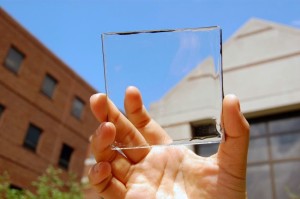“Stella” is the name on every climate-cautious, pollution-loathing environmentalist’s lips.
Who is Stella? Well, she’s a car.
She may not be “pretty” by conventional standards, but Stella is the first family car powered by solar energy. The car – driven by a team of students from Eindhoven University of Technology – has just finished its road trip from Los Angeles to San Francisco, fueled solely by the California sunshine.
While the car is capable of traveling 500 miles (800km) on a single charge and can clock up to 80 miles per hour, there is still one pressing question on everyone’s mind – who will drive it?
“Do you want it in your daily life? Would you want to take it to get groceries?” asked one of Stella’s drivers, Jordy de Renet, in an interview with Popular Science.
The car’s strange shape stems from a compromise for aerodynamics and allowing comfort for at least two people. Also, the wedge-shaped vehicle’s flat surface allows for more solar cell coverage.
This from Popular Science:
Stella is CO2-neutral and the first energy-positive car in the world. The solar array charges while the car is in motion as well as when it is parked. “We get more energy out of the car than is needed to drive it,” said de Renet. That power, as much as twice what the car uses, can be returned to the grid.



